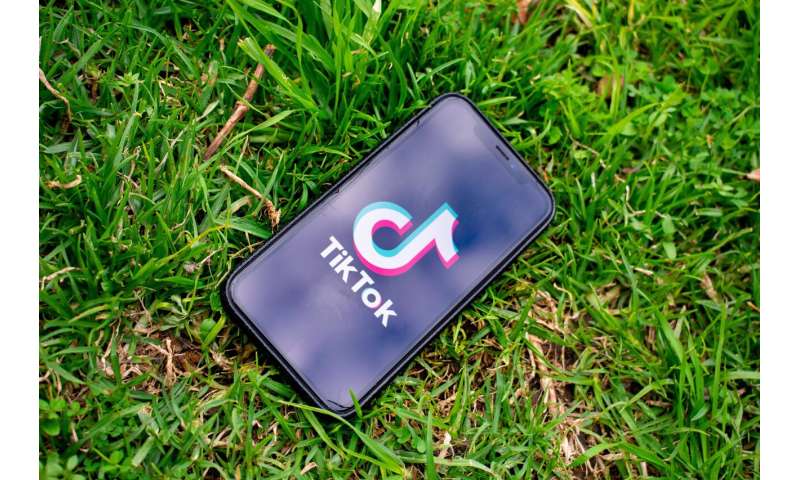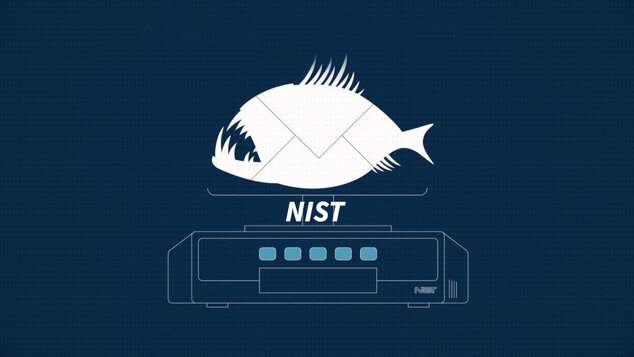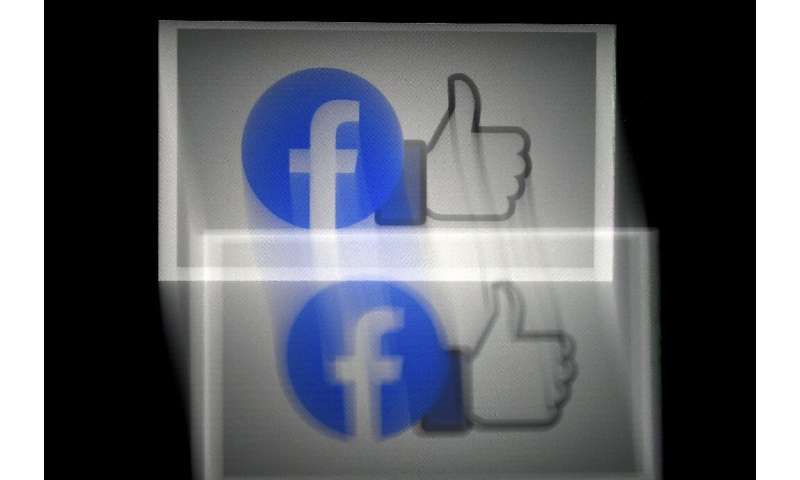The world’s third-largest oil importer, India, will be the biggest source of energy demand growth through 2050 in any scenario about government policies about the energy transition. However, India may not be as key a driver of global oil demand growth as previously thought.
This was one of the messages in the BP Energy Outlook 2020, in which the supermajor said that global oil demand may have already peaked last year as oil consumption may never recover to the pre-pandemic levels.
India’s oil consumption may peak as soon as 2025 at round 6 million barrels per day (bpd), compared to 5.1 million bpd demand in 2018, according to two out of three scenarios BP has examined in its outlook—Rapid and Net Zero.
In the third scenario, Business As Usual (BAU), BP assumes that government policies, technologies, and societal preferences will continue to evolve in a manner and speed seen in the recent past. Under this scenario, India’s oil demand growth still has a long way to run, with oil consumption reaching 9.7 million bpd in 2050.
In the Net Zero scenario, Indian oil demand slumps to just 2.4 million bpd in 2050, while the Rapid scenario – assuming a significant increase in carbon prices around the world – India’s oil demand in 2050 will be broadly flat compared to 2018, at 5.2 million bpd, BP estimates.
It is very likely that future oil demand, in India and globally, is some sort of a combination of the three scenarios BP has laid out. But it is also very likely that oil demand growth, in India and around the world, is going through a seismic shift amid the energy transition and government policies to support the economic recovery from the pandemic-driven recession. Related: Oil Rises After EIA Confirms Crude Inventory Draw
India’s primary energy consumption is set to more than double by 2050 in all three scenarios, but the only fossil fuel growing in all scenarios is natural gas, underpinned by growing population and prosperity, BP said.
In addition, renewable energy is set to grow strongly in all the scenarios, becoming the largest energy source in 2050.
All in all, the strong growth in primary energy consumption in India will be primarily led by renewable energy and, to a lesser extent, natural gas, BP said.
Globally, we may have passed peak oil demand last year, as fuel consumption may never recover from the pandemic-inflicted decline, BP said.
In all of BP’s scenarios, global oil demand is set to decline within 2050. The Rapid and Net Zero scenarios assume that oil demand has already peaked, while in the BAU scenario, demand is expected to peak in the early 2020s, due to growing electrification and efficiency in road transportation. The rise of EVs will see oil demand for transport peaking in the mid- to late-2020s, according to BP’s estimates.
As BP said, these three scenarios “are not predictions but, based on alternative assumptions about policies and societal preferences, are designed to help explore the range of outcomes possible over the next 30 years.”
The future of the energy mix in India and the world over the next three decades will be some kind of a mix of those assumptions and will depend on government policies, consumer preferences, and the cost competition between renewable energy sources and fossil fuels.
Whatever reality turns out to be, the energy outlook of BP – which aims to reinvent itself into an integrated energy company from an international oil company – is a stark warning to Big Oil, OPEC, and oil bulls that oil demand growth may be a thing of the past.
By Tsvetana Paraskova for Oilprice.com






